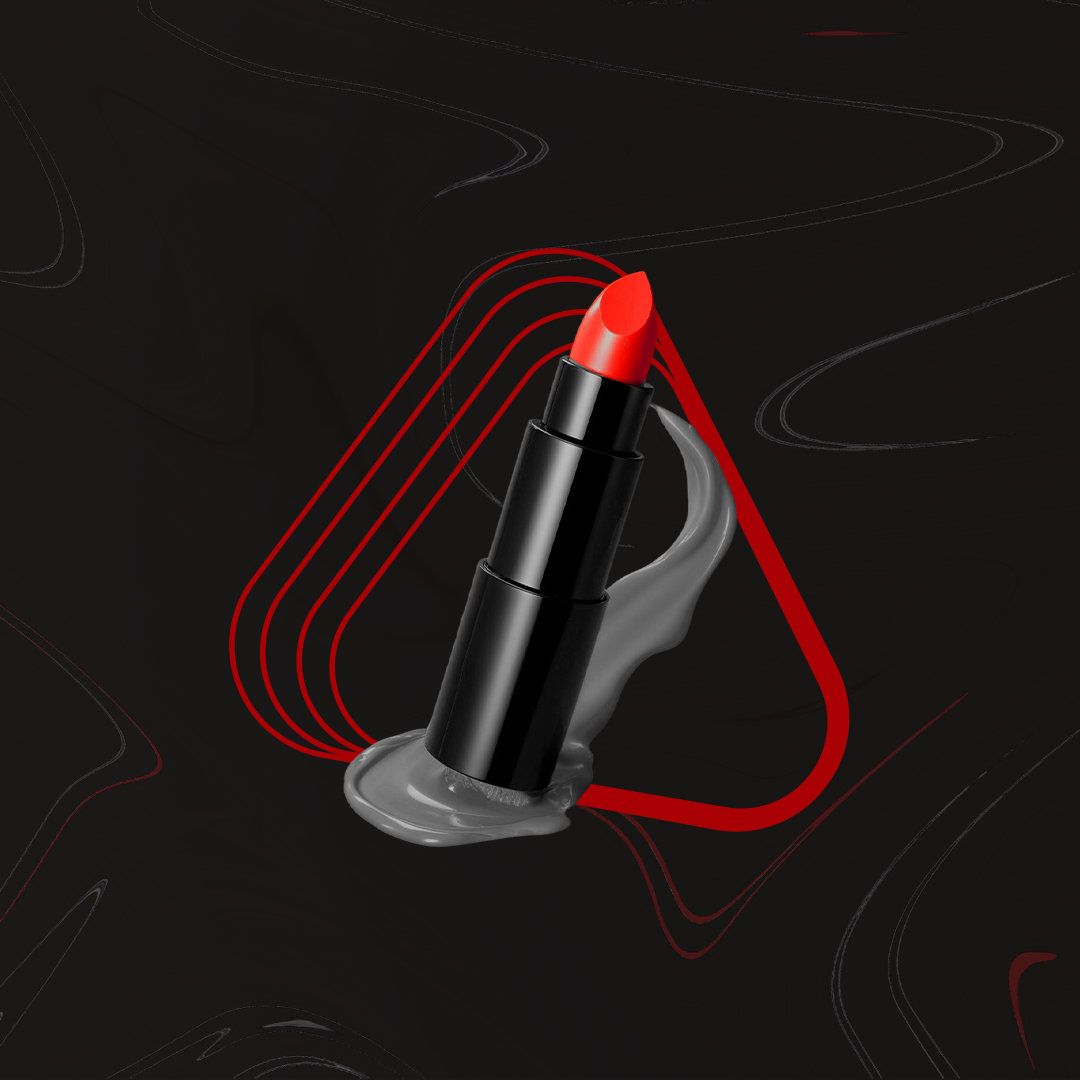Effective branding for food business success is the key to standing out in a market that’s overflowing with options.
Food is one of the most competitive industries. Imagine walking down a supermarket aisle filled with products that all seem to offer the same thing. Or scrolling through a list of restaurants, each with a menu that looks just like the last. In a sea of sameness, it’s hard for customers to find you. That’s why most people stick to what they know — the brands that feel familiar.
Think about your own habits. You likely go back to the same foods and restaurants not because they’re the best, but because you know exactly what to expect. It’s like the comfort of eating at home — the taste, the presentation, and the ingredients are all predictable and reassuring.
This is because food is deeply connected to emotion. A brand can make us feel comforted, healthy, proud, or even nostalgic. The sight of McDonald’s golden arches might trigger a dopamine rush before you’ve even stepped inside. Other brands make us feel good about our choices because they stand for things like ethical sourcing or healthy living.
Interestingly, these emotions don’t always align with reality. But that doesn’t change our behavior. When we’re stressed, we crave comfort food brands. When we’re focused on health, we reach for brands that align with that goal.
Branding creates these emotional connections. It helps customers know where to turn — and keeps them coming back. In this article, we’ll explore 10 proven branding strategies for food business success to help you create a brand that resonates, stands out, and thrives.
1. Define your brand identity
Building a strong brand identity is foundational to successful branding for food business. A clear mission and vision set you apart from the competition and create a lasting impression on your customers.
Take a cue from Joe Ariel, founder of Goldbelly. When asked about their premium pricing, Joe said: “Our mission as a company is to deliver the world’s most magical food experiences. Our mission as a company is not to deliver the cheapest, commodity food experiences.” This clarity is echoed in their Instagram bio: “We Ship America’s Best Foods Nationwide. Empowering top food makers & restaurants to send food love everywhere.”
Goldbelly knows exactly what they are — and what they’re not. In the competitive food industry, trying to please everyone is a recipe for mediocrity. Instead, be clear about the experience you offer and strive to be the best at that.
Ask yourself:
- What do you want people to feel when they see your products or visit your restaurant?
- Who is your target audience, and what do they value?
- What vibe does your food create?
Answering these questions will help you define a brand identity that resonates and stands the test of time.
2. Create a memorable logo and visual identity
While a brand isn’t just a logo, your visual identity is essential for effective branding for food business success. It grabs attention, makes you recognizable in a cluttered market, and influences how people feel about your brand.
We experience up to 80% of all impressions through sight. That’s why your choice of colors, shapes, and fonts can make or break your brand’s impact.
Take red, for example — a staple in the logos of fast-food giants like McDonald’s, Pizza Hut, and KFC. Why? Red sparks a sense of urgency and stimulates appetite. Put those together, and you get “fast” and “food” — the essence of fast-food branding.
Your logo and visual identity should align with your brand’s message. Whether you want to evoke comfort, luxury, or health, your visuals should communicate that instantly.
Consider hiring professionals who specialize in visual identity to craft the right mix of colors, shapes, and typography that make your brand stand out and resonate with your audience.
Brands are like people. They have a distinctive character. And this character shows in the brands tone and voice just as much as it does in its visual identity. When we work with a new brand at MediaHolic, we include the brand voice as part of the comprehensive brand guidelines because it’s just as essential. Our copywriters are just as involved in developing the brand guidelines as are the designers.
3. Develop a strong brand voice
If your visual identity is how your brand looks, your brand voice is how it speaks. A strong brand voice reflects your brand’s personality and helps customers connect with you emotionally. When creating a strategy for branding for food business success, your voice should align with your mission, vision, and core values.
Start by defining how you want to express your mission and vision statements. From there, create a set of taglines, foundational phrases, or even a brand lexicon that guides how you write everything from social media posts to packaging labels.
A clear brand story can also help shape your voice. Ask yourself: If your brand told its own journey, how would it sound? Would it be playful, confident, elegant, or rebellious?
For inspiration, look at Starbucks’ brand voice guidelines:
- Functional: Clear, helpful, and focused on the product.
- Expressive: Creative and engaging, designed to spark joy.
Another great example is Dubai’s own Pitfire Pizza Bakers. Their voice is consistently bold, creative, and full of personality — perfectly matching their edgy visual identity. They don’t switch between tones; they’re always Pitfire.
Consistency is key. When your brand voice stays true across all touchpoints, you build a memorable identity that customers recognize and trust.
4. Design unique and appealing packaging
In a crowded food aisle, your packaging is often the first point of contact with customers — your silent salesperson. To make a lasting impression, your packaging should bring together your mission and vision, visual identity, and brand.
Here’s how each element can shine through your packaging design:
Mission and vision
Your mission can be stated outright in a slogan or communicated subtly through design choices. For instance, if your mission promotes sustainability, using eco-friendly materials or highlighting ethical practices on the packaging reinforces that commitment.
Visual identity
Your packaging should showcase your brand’s colors, fonts, and style. For brands with multiple products, the design should be cohesive enough to be recognizable, yet distinctive enough to differentiate each product.
Brand voice
Every word on your packaging — beyond the ingredients — is an opportunity to engage your audience. Eye-catching design may get their attention, but your brand voice keeps them interested. Use language that reflects your brand’s personality and makes every word count.
5. Leverage storytelling in your marketing
Brand storytelling isn’t as complicated as it sounds. When it comes to branding for food business, it’s really about two things: how your brand came to life and how it makes a difference for your customers.
Why does a bottle of Nestlé water cost less than 1 AED, while Evian, Fiji, or Voss can cost up to ten times more? The difference isn’t just in the water — it’s in the story. It’s about where the water comes from, how it’s bottled, and what holding that bottle says about you. The packaging helps too, but the real power lies in the perception the brand creates. A Voss bottle can suggest status and sophistication. A Fiji bottle might signal health-consciousness and connection to nature.
Your food business has a story like that, too. Maybe it’s about a secret family recipe passed down through generations. Maybe it’s about sourcing ingredients from sustainable farms. Or maybe it’s about offering comfort food that feels like home. Whatever your story is, tell it.
How to share your story
- Add an “About” section on your website.
- Create social media posts showing your process and people.
- Use videos to give customers a peek behind the scenes.
6. Engage customers on social media
When it comes to branding for food business success, social media is one of your most powerful tools. Platforms like TikTok, Instagram, and Facebook give you endless opportunities to engage your audience and build a loyal community. Food is naturally visual, and social media is all about visual content — it’s the perfect match.
Create mouthwatering content
People love seeing delicious food. Share high-quality photos and videos that make your audience crave your products. Show your food being made, plated, or enjoyed. Behind-the-scenes videos, close-ups of dishes, and step-by-step recipes are all great ways to capture attention. Keep it consistent, and your audience will start to look forward to your posts.
Host contests and giveaways
Contests and giveaways are still a hit, especially for food brands. Offer prizes like gift cards, free meals, or product packages. You can also send random gifts to your followers and encourage them to share their experiences online. These small gestures create excitement and generate organic exposure when winners show off your brand to their followers.
Share recipes and DIY content
If you’re a restaurant, don’t be afraid to share recipes for some of your most popular dishes. People won’t stop coming just because they know how to make it at home. They come for the experience, the service, and your unique touch. Sharing recipes actually makes customers appreciate your expertise even more.
For packaged food brands, offer ideas for snacks or recipes featuring your products. For example, Oreo shares creative dessert recipes using their cookies, keeping their audience engaged and inspired.
Tailor content to your niche
Know your audience and create content they’ll love. If your product targets fitness enthusiasts, share healthy recipes. If you specialize in comfort food, lean into that.
7. Focus on customer experience and reviews
When it comes to branding for food business success, delivering an unforgettable customer experience is key. A great experience doesn’t just build loyalty; it inspires customers to share your brand with others, creating valuable word-of-mouth publicity.
If you run a restaurant, make every visit memorable. Whether it’s an unexpected dessert, exceptional service, or a fun interaction, give your customers a reason to talk about you. People love to share exciting experiences, especially when they feel like they’ve discovered something special. That “I told you first” feeling is powerful, and your brand can leverage it.
For packaged food brands, aim to create a product that feels like a hidden gem. Maybe it’s a frozen meal that tastes fresher than what’s bought at the butcher or a store-bought dessert that rivals homemade. When customers feel like they’ve found the latest hack, they’re eager to recommend it to friends.
This kind of experience creates a snowball effect. One happy customer shares your brand, and suddenly, their friends and followers want to try it too. Make every interaction count, and your customers will become your best promoters.
8. Collaborate with influencers and food bloggers
In branding for food business, influencers and food bloggers are invaluable assets. They already have the attention of the audience you want to reach, and their recommendations come with a level of trust that doesn’t come with traditional ads.
Make your brand part of the conversations happening online. Send influencers your new products to try, invite them to tasting sessions, or collaborate on giveaways. These strategies don’t have to be extravagant to be effective. Simple, genuine interactions often lead to the most authentic exposure.
Micro-influencers and nano-influencers often have smaller audiences, but their followers are highly targeted and trust their opinions. These influencers are more likely to generate authentic engagement and real conversions. A macro-influencer might get you massive reach, but a local food blogger with 10,000 dedicated followers in Dubai might get you the kind of loyal customers that ads can’t buy.
Tailor your collaborations to your niche. If you offer a fitness food product, partner with influencers in the fitness space. Let them incorporate your food into their daily macros or recommend it as a healthy snack. Their followers are already looking for those types of recommendations, making it a natural fit for your brand.
9. Build a strong online presence
It’s surprising how many food businesses neglect the basics of their online presence. Social media is important, but don’t forget the essentials. A solid digital foundation is key to effective branding for food business success.
Your website
Think of your website as your digital storefront. If you run a restaurant, your website should reflect the vibe, style, and experience of dining with you. Make sure your menu is up-to-date, your locations are easy to find, and your reservation forms actually work. Many restaurants add these forms as a formality but never check the backend. Fixing this small detail can give you a serious advantage.
If you sell packaged food products, create a page dedicated to recipes and ideas for using your products. Make it easy for customers to know where they can buy your items and share reviews, events, or sponsorships you’ve been involved with.
Google business profile
Don’t underestimate the power of Google Business for local SEO. Optimize each branch or delivery area so your business shows up when someone searches for food in a specific neighborhood. For example, “Italian restaurant in Jumeirah” is more targeted than just “Italian restaurant in Dubai.”
10. Participate in community and industry events
Dubai is a city of events, and that’s an opportunity your brand can’t afford to miss. If you want to strengthen your branding for food business, get out there and take part. Events let you connect with customers directly, showcase your offerings, and build a memorable presence.
Start with food-centric events
Food-focused events like the Dubai Food Festival are perfect for getting your brand in front of food lovers. Set up a booth, offer tastings, or display your packaged products. These events give people a chance to experience your brand firsthand, and it’s a great way to get instant feedback and spark word-of-mouth buzz.
Explore non-food events
Don’t limit yourself to just food festivals. Dubai is filled with entrepreneur meetups, networking sessions, and entertainment events. Offer to cater or sponsor these gatherings — there’s always room for good food. Your presence at a business conference or a fitness expo can introduce your brand to new audiences who align with your values.
Find the right events
Use platforms like Eventbrite to search for events that match your brand and target audience. Whether it’s a wellness retreat, an art fair, or a corporate summit, the right event can give your brand the exposure it needs.
Getting involved in events helps you go beyond the screen and create real-world connections that drive long-term loyalty.
Final thoughts
Branding is what separates a food product from all the other alternatives on a shelf or in a restaurant aisle. It’s what turns a product you have to pitch to stores into one that stores ask to stock.
Every touchpoint matters — your packaging, your social media, your website, local events, and the voice that ties it all together. Branding lets you step away from the noise and carve out your own space. McDonald’s doesn’t compete with burger joints; when people crave McDonald’s, that’s all they want. That’s what solid branding does — it makes you the thing people want.
At MediaHolic, we help food businesses stand out and build a presence that can’t be ignored.
Want your food brand to turn heads and get talked about? We’ve got your back.
Let’s chat — book a free consultation!







